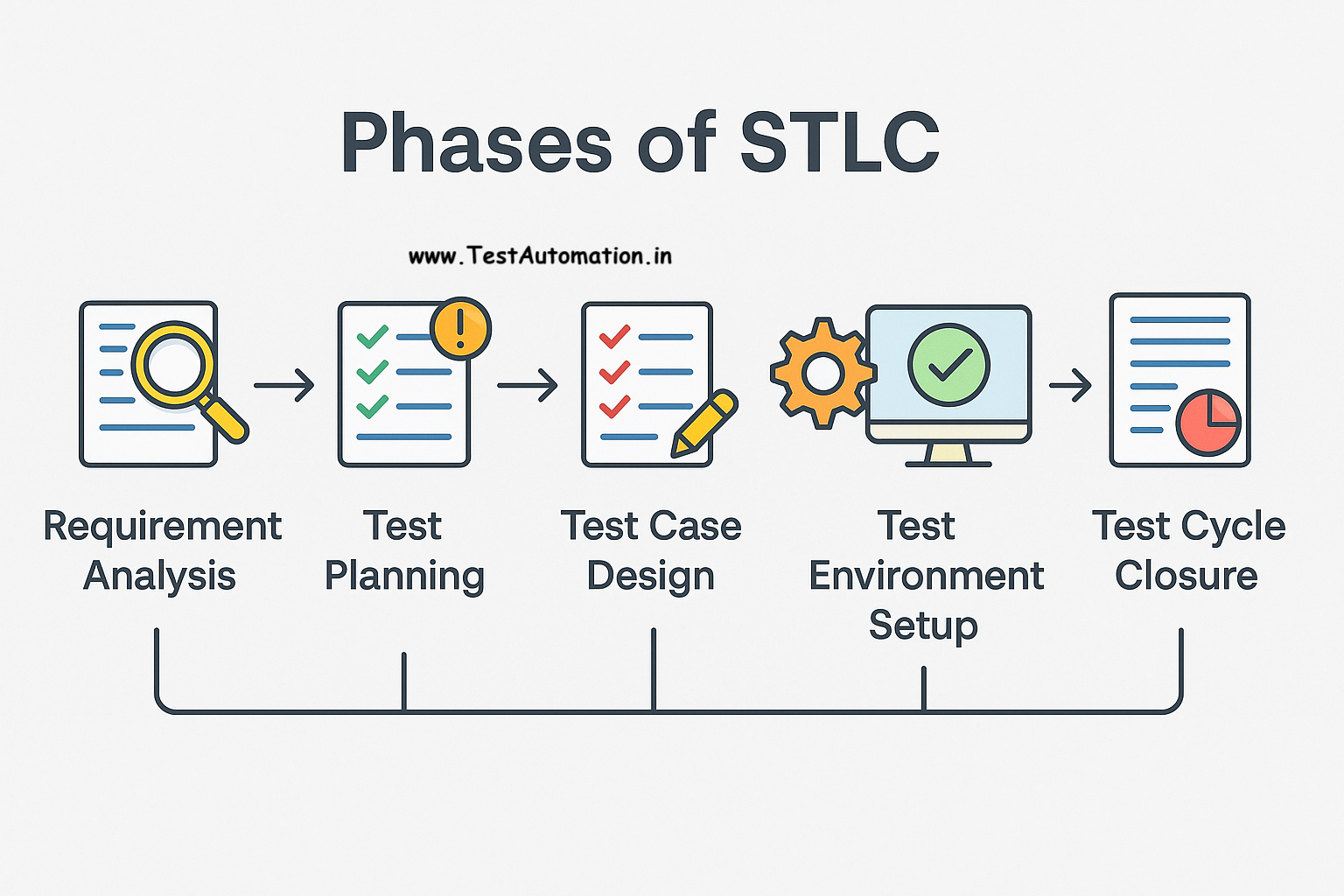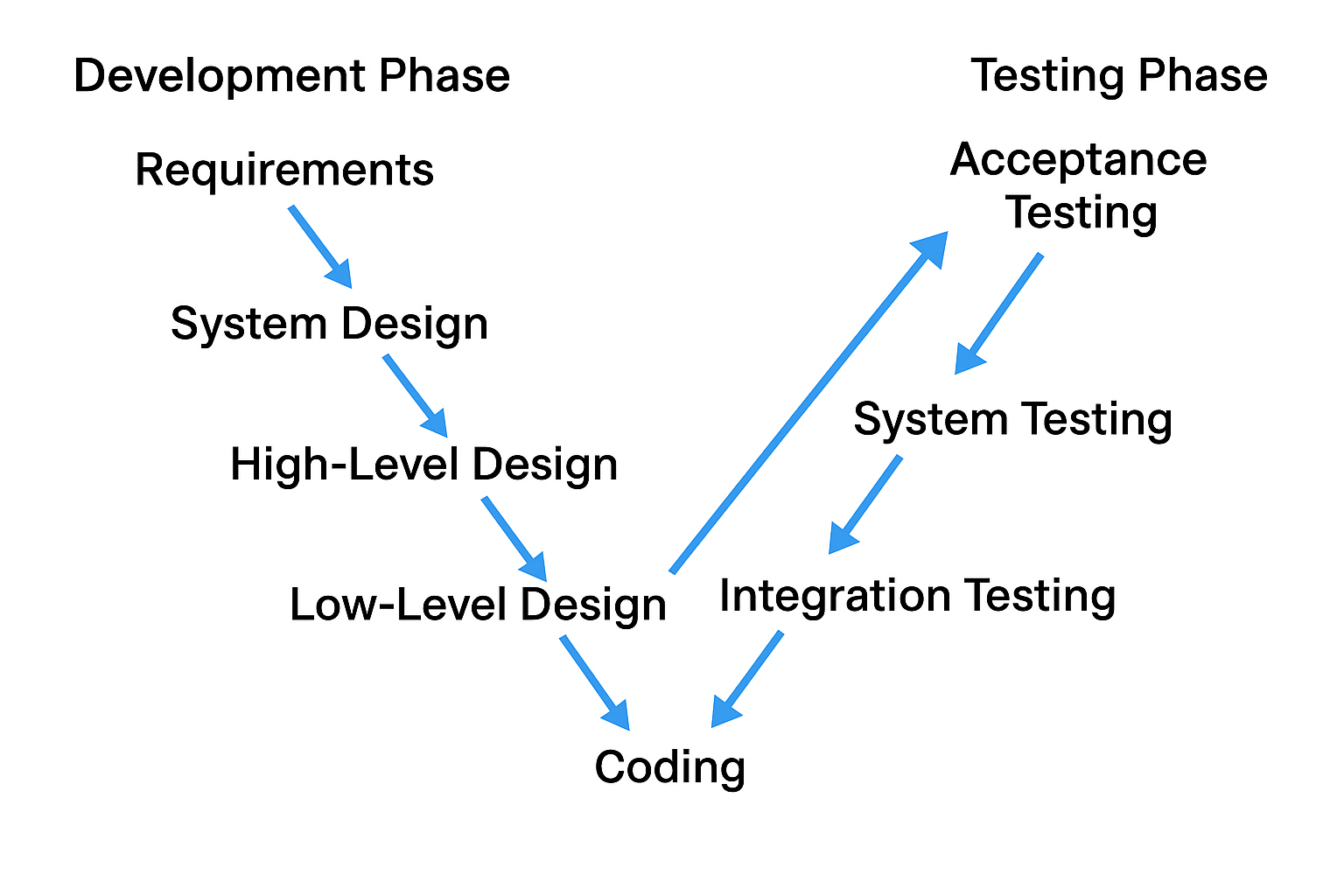As we are moving forward to learning the Manual Testing tutorial course, we will look forward to learn and understanding the simple explanation of the Waterfall Model in software testing:
History
The waterfall model was first created by Dr. Winston W. Royce, featured in a 1970 paper entitled “Managing the Development of Large-Scale Software Systems.” Interestingly, Lois did not promote the waterfall model as the best way to do it. He actually demonstrated his weaknesses and suggested improvements such as repetition and feedback loops.
What is the Waterfall Model?
The Waterfall Model is one of the earliest and simplest models in software development. It is a linear and sequential approach, meaning the process flows in one direction – like a waterfall – through different phases.
Phases of the Waterfall Model
- Requirements Gathering
- All software requirements are gathered from the client.
- No development or testing starts here.
- System Design
- Based on the requirements, the system architecture and design are created.
- This includes hardware and software specifications.
- Implementation (Coding)
- Developers write code according to the design.
- Each unit or module is developed and tested (unit testing).
- Integration and Testing
- All the modules are integrated together.
- The testing team verifies the system as a whole (system testing).
- Bugs are reported and fixed here.
- Deployment
- Once testing is successful, the product is delivered or deployed to the customer.
- Maintenance
- After deployment, any issues or bugs reported by users are fixed.
- Updates or enhancements may be made as required.
Key Points
- Each phase must be completed before moving to the next.
- It’s best for projects with clear and fixed requirements.
- Not suitable for projects where requirements may change.
- Testing comes after coding is complete.
Advantages
- Easy to understand and manage.
- Works well for small or well-defined projects.
Disadvantages
- Hard to go back to a previous phase.
- Late discovery of bugs (after development).
- Not flexible to changing requirements.
Below is the visual diagram




